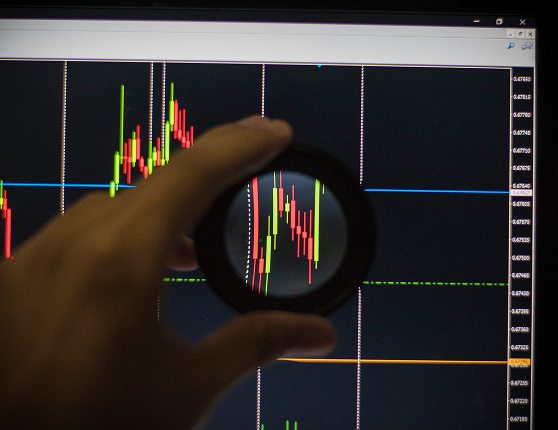Why TradeSmart is the best choice for Trading Indices
Discover the unique features of trading index CFDs and gain exposure to some of the largest global market indices with TradeSmart
Over 15+ index CFDs
Trade on major indices to cover entire national stock markets, not individual companies.
Zero commission
Trade indices with no fees, no hidden charges, and enjoy reliable execution with full market access.
Competitive spreads
Minimise your costs with low spreads that remain stable even when the volatility index is high.
Expert Advisors
Feel free to utilize automatic trading systems and explore market insights to get trading signals.
What index trading is and how it works
Trading indices involves buying and selling financial instruments that reflect the performance of a group of stocks or other assets, rather than individual securities.
An index serves as a gauge of a specific market’s performance, and trading indices entails making trades based on the market’s direction by buying or selling derivatives linked to the index. For instance, the S&P 500 index monitors the performance of the top 500 publicly traded companies in the United States.
Traders can engage in indices trading by trading futures contracts linked to indices, such as the S&P 500, speculating on whether the overall value of those companies will rise or fall.
Various financial instruments, including contracts for difference (CFDs), facilitate indices trading. At TradeSmart, you can participate in CFD trading on major indices like UK 100 and GER 40, benefiting from ultra-fast execution.

Live Currency Prices
| SELL | BUY | SPREAD | ||
|---|---|---|---|---|
|
|
Trade |
Find out more about Indices Trading
If you have questions about Forex trading, we have the answers! Check out our Frequently Asked Questions. If you don’t find the answer you’re looking for, please don’t hesitate to contact customer support team.
Indices trading involves speculating on the price movements of stock market indices, such as the S&P 500, NASDAQ 100, FTSE 100, or DAX 40. These indices represent the performance of a group of leading companies within a specific market or sector.
Indices trading works by speculating on the price movements of a stock market index, like the S&P 500 or NASDAQ 100, without owning the individual stocks. Traders use instruments like CFDs to go long (buy) if they expect the index to rise or short (sell) if they expect it to fall. The index price reflects the combined performance of its component stocks, and is influenced by factors like company earnings, economic data, interest rates, and market sentiment. Profits or losses depend on how accurately a trader predicts the index's direction.
Participants in the indices market include institutional investors like hedge funds and asset managers who trade to manage portfolios or hedge risk, and retail traders who speculate on index movements for profit. Pension funds and mutual funds invest in indices for long-term growth, while algorithmic traders use automated systems to capture short-term price changes.
Indices market prices are determined by the combined market value or price performance of the companies that make up the index. Each company has a specific weight in the index—based on market capitalization or stock price—so changes in larger components have more influence. As the stock prices of these companies rise or fall, the overall index value moves accordingly. Economic news, earnings reports, interest rates, and investor sentiment all impact the underlying stocks, which in turn affect the index price.

